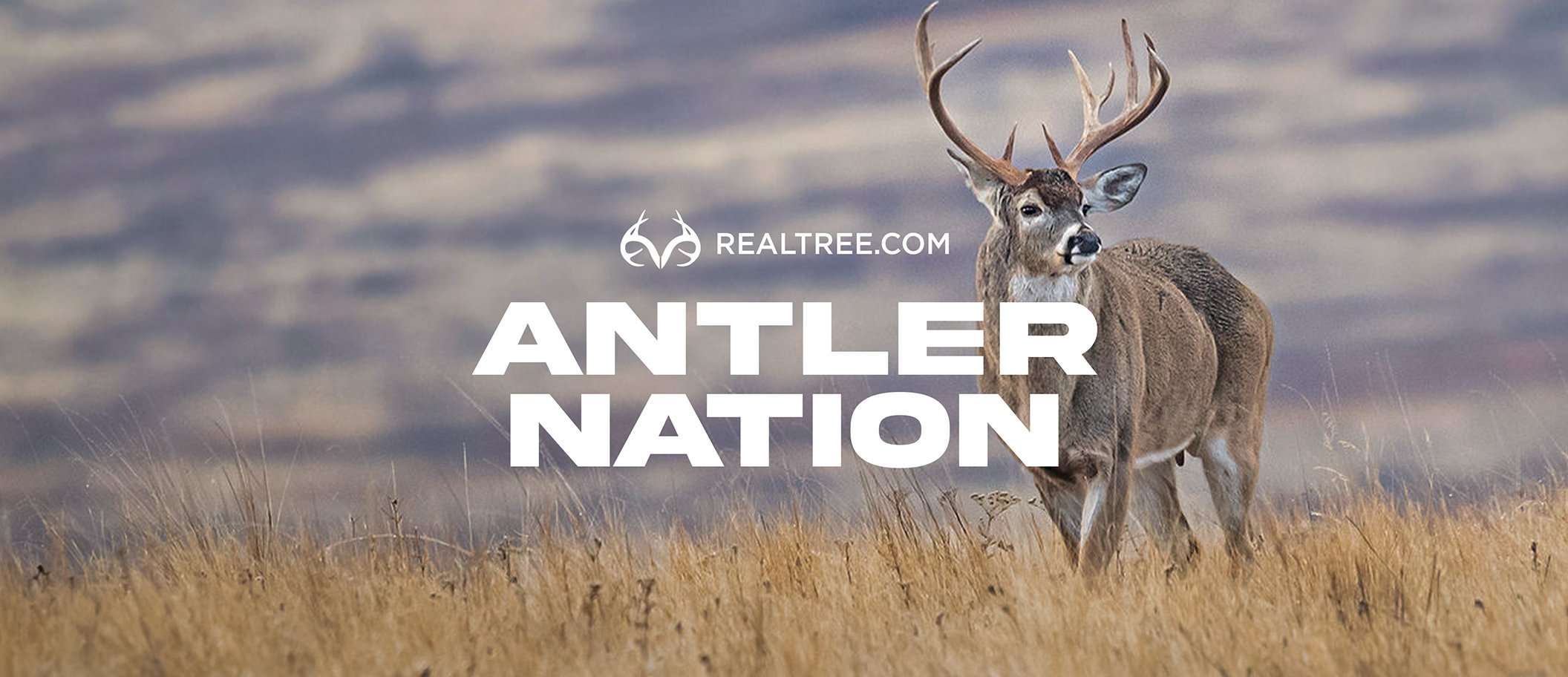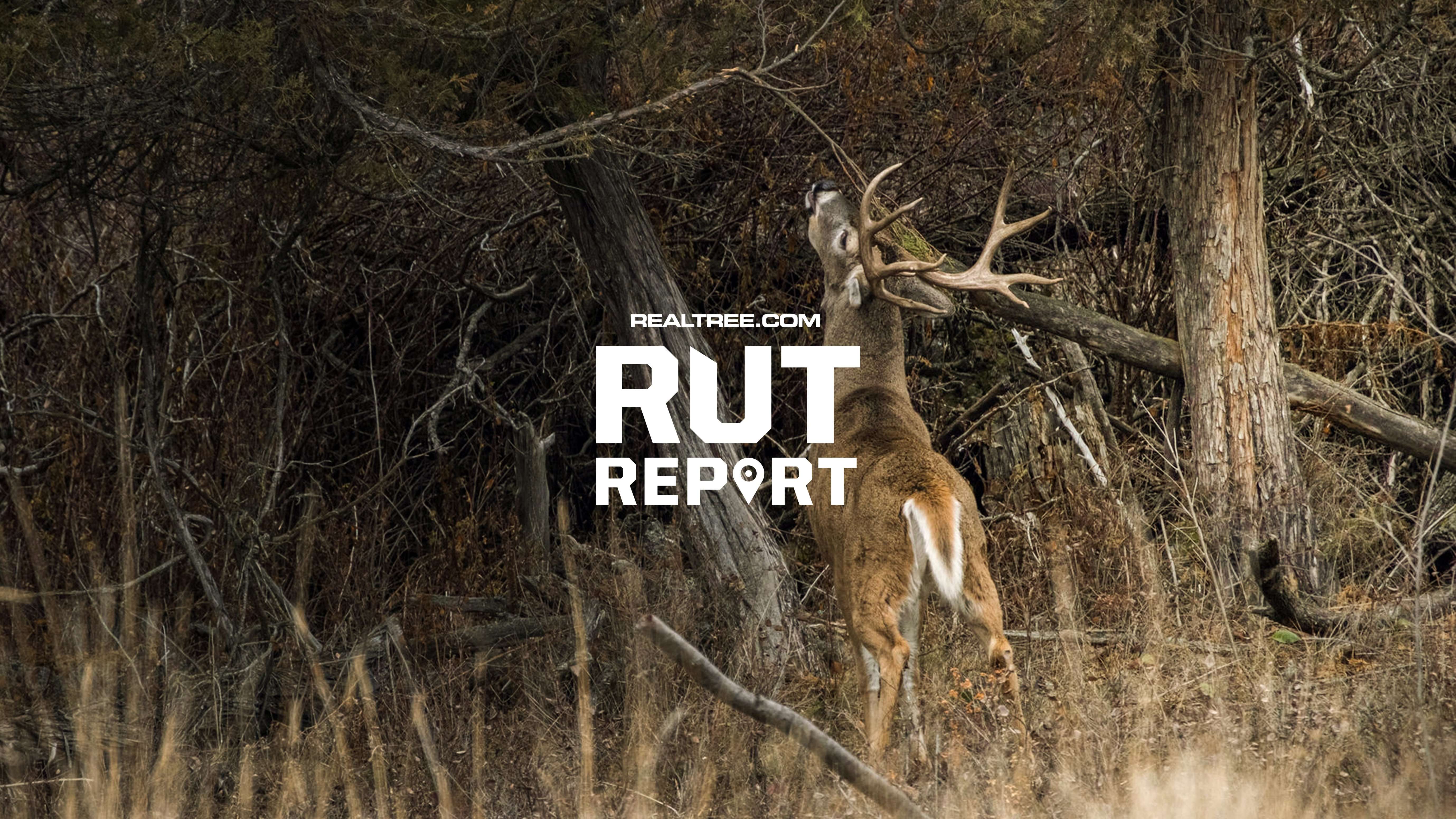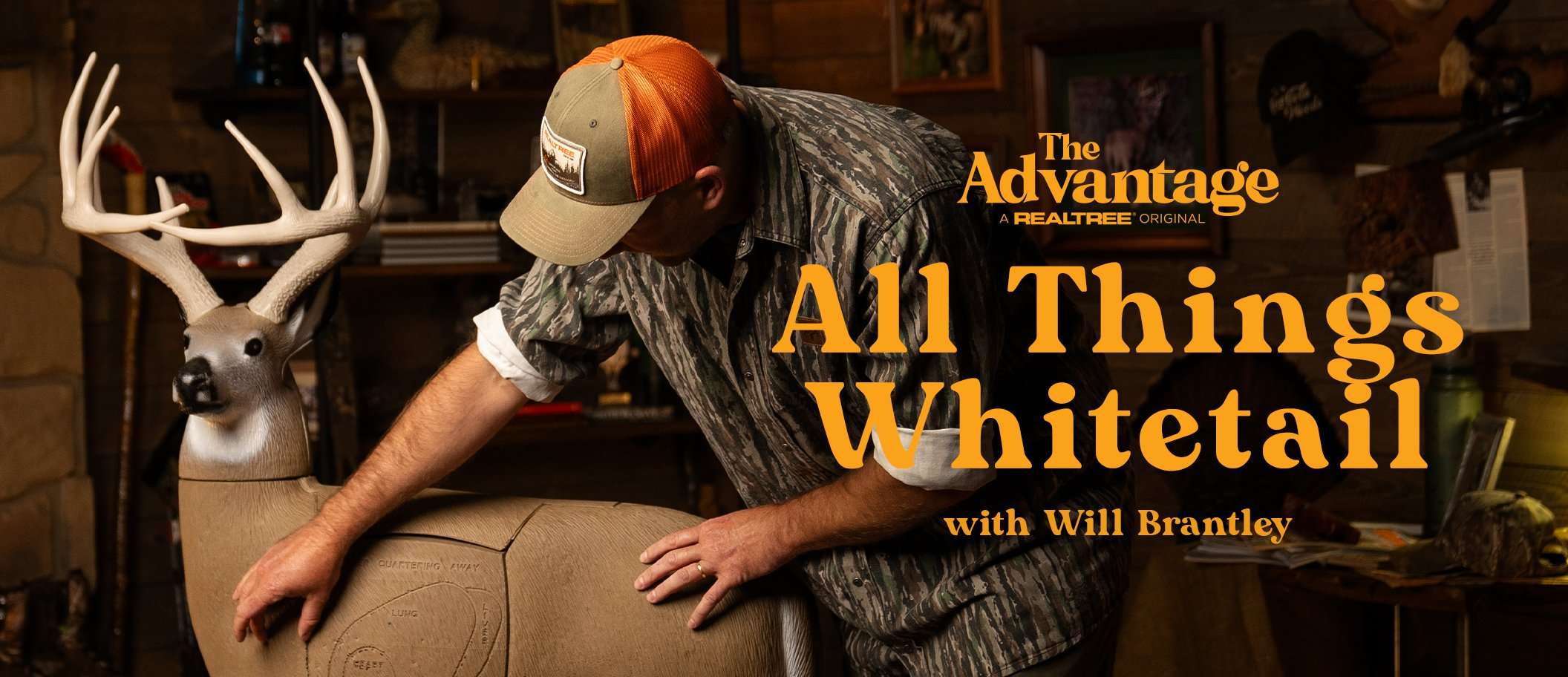Considering the perils and challenges baby turkeys face, it's a wonder that any of them grow up to be strutting gobblers
Have you seen any turkey poults yet this year? In the early summer, turkey hunters across the country wait with bated breath to see how this year’s hatch is looking. Some of the poults that hit the ground this summer will be next spring’s rowdy jakes, and the breeding hens and gobbling 2-year-olds of the following season. But the baby turkeys have steep odds against them between now and then. Learning these 10 facts will make you root for them just a little louder.
1: POULTS BEAT THE ODDS JUST BY HATCHING
Life isn’t easy for a wild turkey poult. It takes 28 days for eggs to hatch, and just getting to day 28 in the egg is a challenge. Around 75% of nests never hatch, succumbing instead to predation, weather extremes, or abandonment by the hen.

A wild turkey poult faces daunting odds just to hatch, and the first two weeks of life are perilous. Image by Nataliya Zozulya
2: POULTS BEGIN CALLING EVEN BEFORE HATCHING
Around four weeks after the hen starts incubation, something starts to happen inside the egg. The tiny chicks begin to pip, turning inside the egg and pecking away at the large end of the shell in a circle so that the top pops off and the chick is able to climb out.
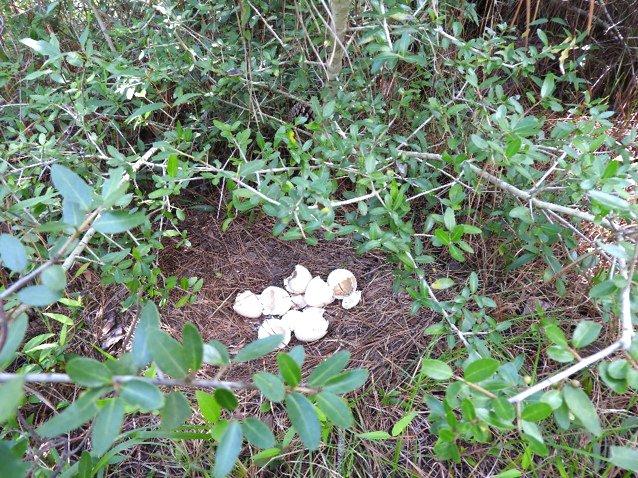
After 28 days, the poults begin to pip, pecking a line around the larger end of the shell to escape. Image by Nick Bakner
If you find a nest of empty eggs, this is a good way to determine if the nest hatched or was predated. If the empty egg shells are all open in an even circle around the widest part, they hatched; if the shells are cracked all over in an uneven pattern, they were likely predated. As this is happening, the hen sits quietly, softly clucking to imprint her voice on the chicks.
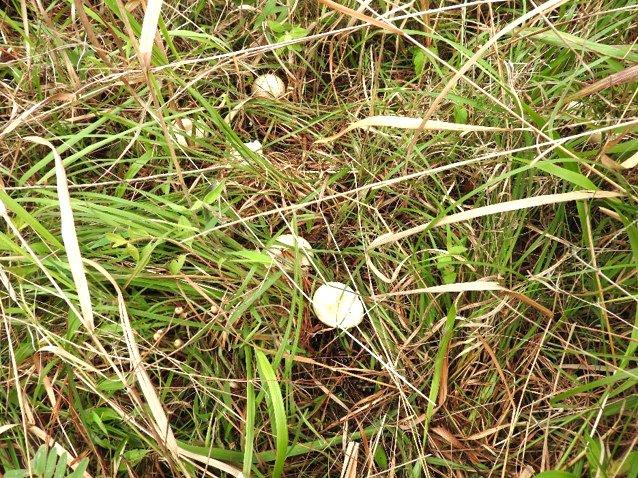
If the empty shells are randomly cracked and spread around, the nest likely fell to a predator. Image by Nick Bakner
3: POULTS SPEND THEIR FIRST DAY OR TWO WHERE THEY HATCH
The newly hatched wild turkeys are tiny, less than 2 ounces, about the size of a ping pong ball. For the first day or two, the hen stays on the nest, keeping the small and fragile poults protected from weather and small predators. The poults still have a yolk sack to sustain them at this point, so they don’t need to forage just yet.
4: AROUND HALF OF POULTS DIE WITHIN 2 WEEKS
By day two or three, it’s time to leave the nest. This is where things go from risky to downright dangerous. According to wild turkey biologist Dr. Bret Collier, around 50% of hatched poults will die in the first two weeks of life to either predation or weather/temperature extremes, since they have a hard time regulating cold and warm temperatures. Cold, rainy stretches cause many poults to die of hypothermia during this time period.
Don’t Miss: Are Reg Changes Helping with a Southern Turkey Comeback?
5: BABY TURKEYS ARE CARNIVORES
Insects and bugs are the most crucial thing to poults during the first two weeks of life. Crickets, grasshoppers, ants, katydids, aphids, caterpillars, worms, slugs, and the like make up almost the entire diet of a young wild turkey. That is why turkey populations tend to boom during cicada hatch years, as the poults and hens have a ready source of food and don’t have to travel far to find it. “They need insects for the high protein,” Collier says. “That protein stimulates feather growth. Once the poults molt and grow their first set of feathers, they can fly. This occurs somewhere between two and three weeks old with the actual time relying heavily on how much protein the poults receive from their diet during the first two weeks of life. Once they can achieve flight, they can roost off the ground and be much more protected from predators.”
6: GOOD BROODING HABITAT IS CRITICAL TO SURVIVAL
When the hen and poults first leave the nest, she guides the chicks to a predetermined area where they can forage for these insects. The best of these areas, the ones that give the poults the most chance at survival, all share some common traits.
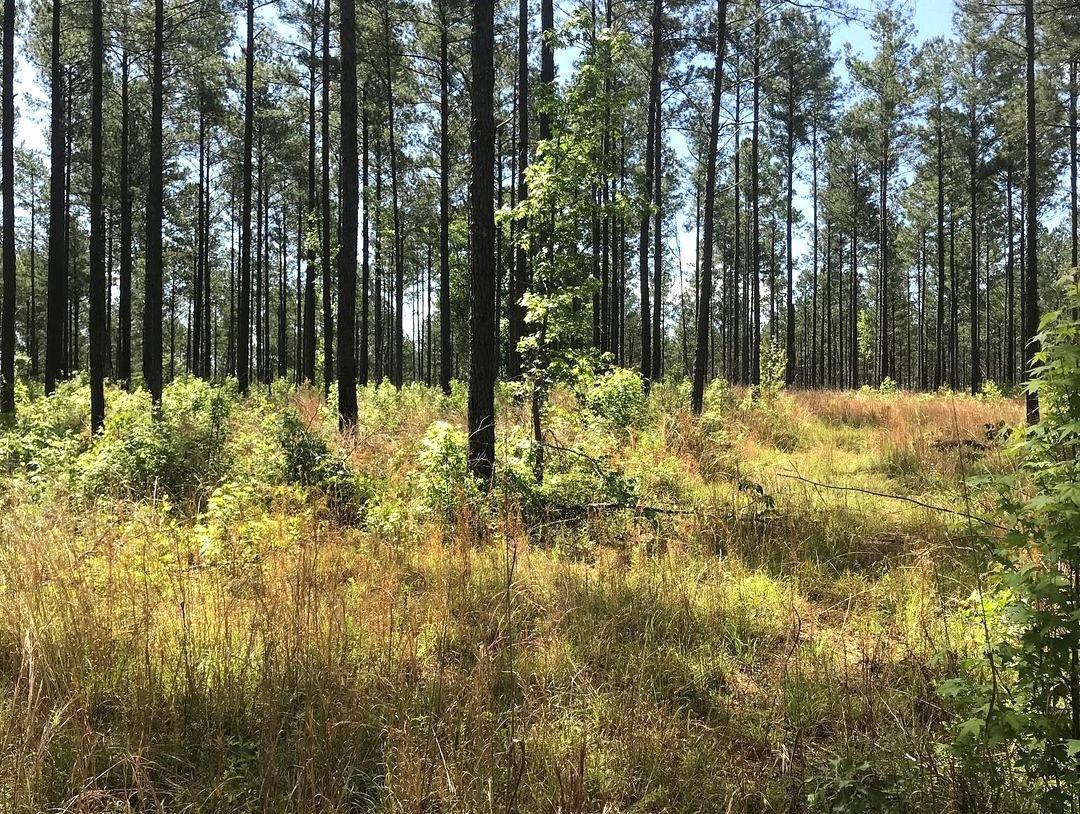
Good brooding habitat should be a mix of open ground with bare soil, insect harboring plants, and protection from above. Photo by Nick Bakner
“A good forage area for young poults needs to be fairly open at ground level, so that the poults can move around freely and see the insects,” says Dr. Nick Bakner at Tennessee Tech University. “But it needs more than that. It also needs cover from above, to protect from avian predators and to block sunlight and provide thermal regulation on warm late spring and early summer days so the poults don’t overheat. It also needs to be close to the nest site. It has been proven that the greater the distance the hen has to travel with young poults to reach suitable brood rearing habitat, the greater the loss, usually due to increased predation. Studies have shown that, if a hen has to travel more than 500 to 600 meters from nesting sight to suitable brood habitat, the level of mortality in poults skyrockets. These areas also need good low and mid story vegetation to provide visual cover from passing predators. Think about an area with some open, bare ground, rich in newly sprouted grasses and forbs that attract and hold insects, but with enough low vegetation to shield the both the hen and poults, with adjacent mid or upper story growth like hardwoods or pines for shelter.”
7: FOR TWO WEEKS, POULTS SLEEP ON THE GROUND
During these first two weeks, the hen will follow the poults around the brooding area. “If you think about it, you would assume the hen guides the poults, but once she gets them to the brooding area, she pretty much just follows along, guiding them the best that she can, but not forcing them to go to a particular spot. She’s kind of herding cattle at this point,” Collier said.
Each evening, the hen will find a different place to roost on the ground, hopefully with enough cover to provide some visual protection. She will call the poults and they will gather under and around her to settle in for the night. “Hens tend to prefer a ground roosting spot with some cover, say a downed log, a clump of briars, or an overgrown fence row to provide some protection, but not one so thick that they can’t escape if a predator does happen by. We’ve found kill sites where hens climbed deep into heavy cover to roost, then apparently couldn’t escape when the predator discovered them,” Bakner said.
Don’t Miss: The Shocking Math Behind Turkey Habitat Improvement
8: POULT PREDATORS ARE NUMEROUS AND VARIED
These first few nights on the ground are when the poults face far and away the most danger. The usual predators like coyotes, bobcats, foxes, and raccoons cause problems, but there are some you might not think about. “The average hunter has no idea just how many poults and eggs snakes eat. It would blow their mind if they did,” Collier said.
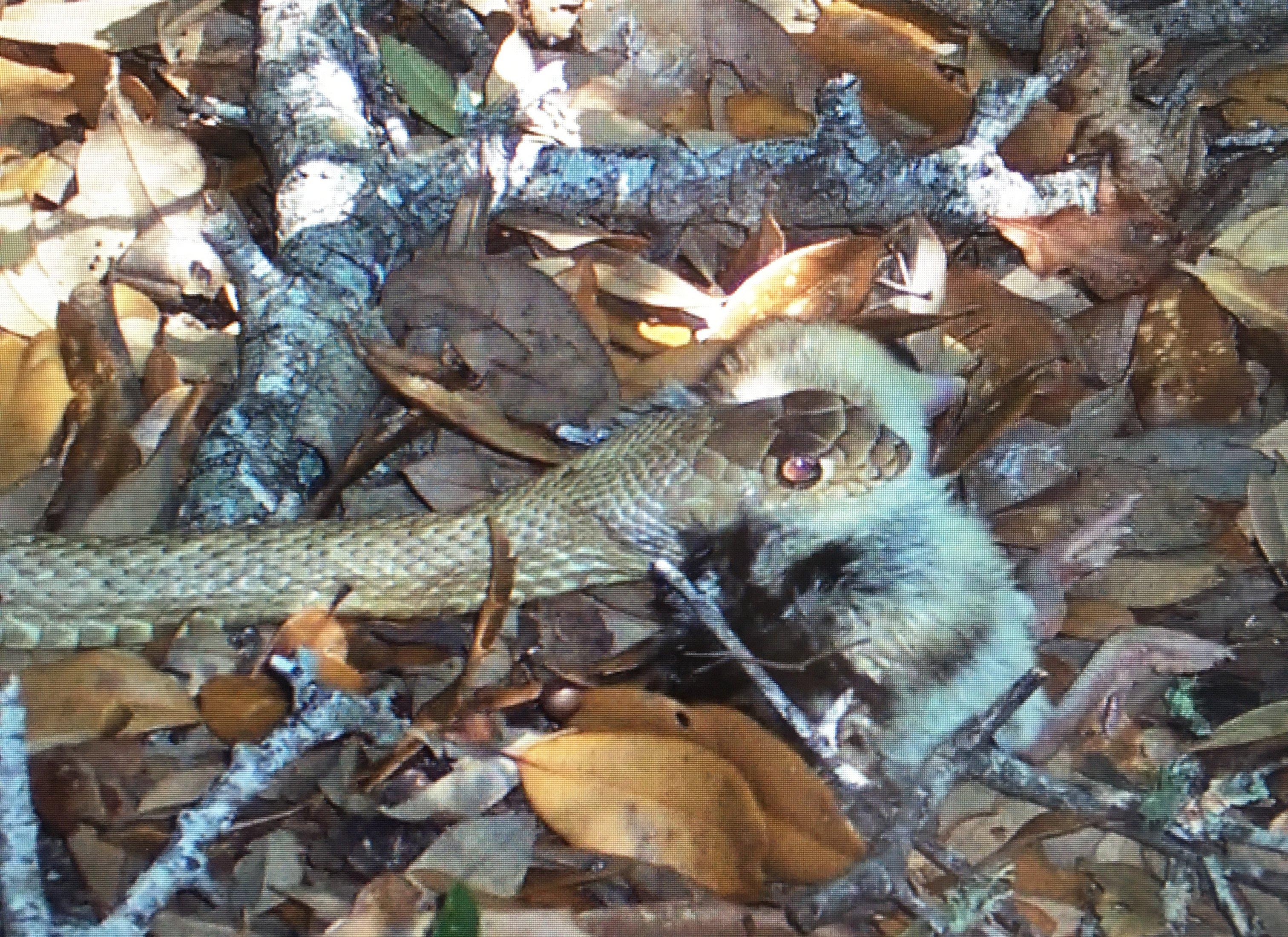
More poults fall to snakes than many hunters realize. Image by Bret Collier
Besides snakes, avian predators like hawks and owls play a big roll in poult loss. “We don’t do this anymore, because we learned that capturing a poult to install a radio transmitter greatly increased its rate of mortality, but there was a time when researchers would catch newly hatched poults and outfit them with a radio transmitter to more easily follow their movements,” Collier said. “I remember one study like this where several of the transmitters ended up in one location and stopped moving. When the researchers investigated, they found a pile of transmitters in a nearby hawk’s nest. Owls are another source of heavy predation, but they tend to attack and kill the hen first, then just pick off poults one at a time.”
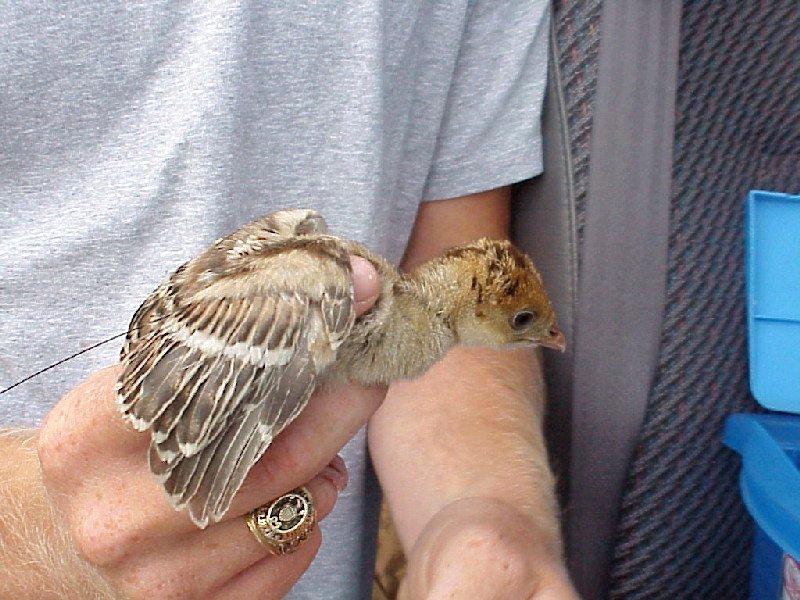
In the past, researchers tried fitting radio transmitters to poults to monitor locations. Many of these transmitters ended up in the nests of hawks. Image by Bret Collier
9: POULTS RARELY DIE FROM AFLATOXIN POISONING
One source of poult mortality that many hunters have feared, myself included, might not be as big a deal as we thought. Over the years, I’ve written about aflatoxin poisoning of turkey poults from wet corn. Collier says that isn’t as big an issue as many think. “For one, young turkey poults don’t eat corn. They don’t start eating plants and smaller seeds until they are two to three weeks old. And even if they did eat corn with a high aflatoxin level, it doesn’t affect wild birds, even turkeys, like it does the tame turkeys that all of the studies are based on. Countless generations of line breeding in domestic turkeys have caused them to loose the enzyme that allows them to shunt aflatoxin poison. Wild turkeys still possess these enzymes that allow their bodies to separate and expel the toxins without the liver damage seen in domestic poultry.” You can read more about this in this study by Melissa S Monson, et al.
10: DAY 15 IS A TURNING POINT
Once the poults reach day 15, assuming they have had a diet rich in protein and have started to develop feathers, they are able to fly short distances, including up into mid story roosting areas. By the end of the third week, the young poults should be able to fly well enough to follow the hen up into traditional roost sights in mature hardwoods and pines. At this point in their life, the chance of predation drops significantly. Their diet will start to transition to a mix of plant material and insects more common to adult birds. By week six, the birds are no longer considered poults and are classified as juveniles.
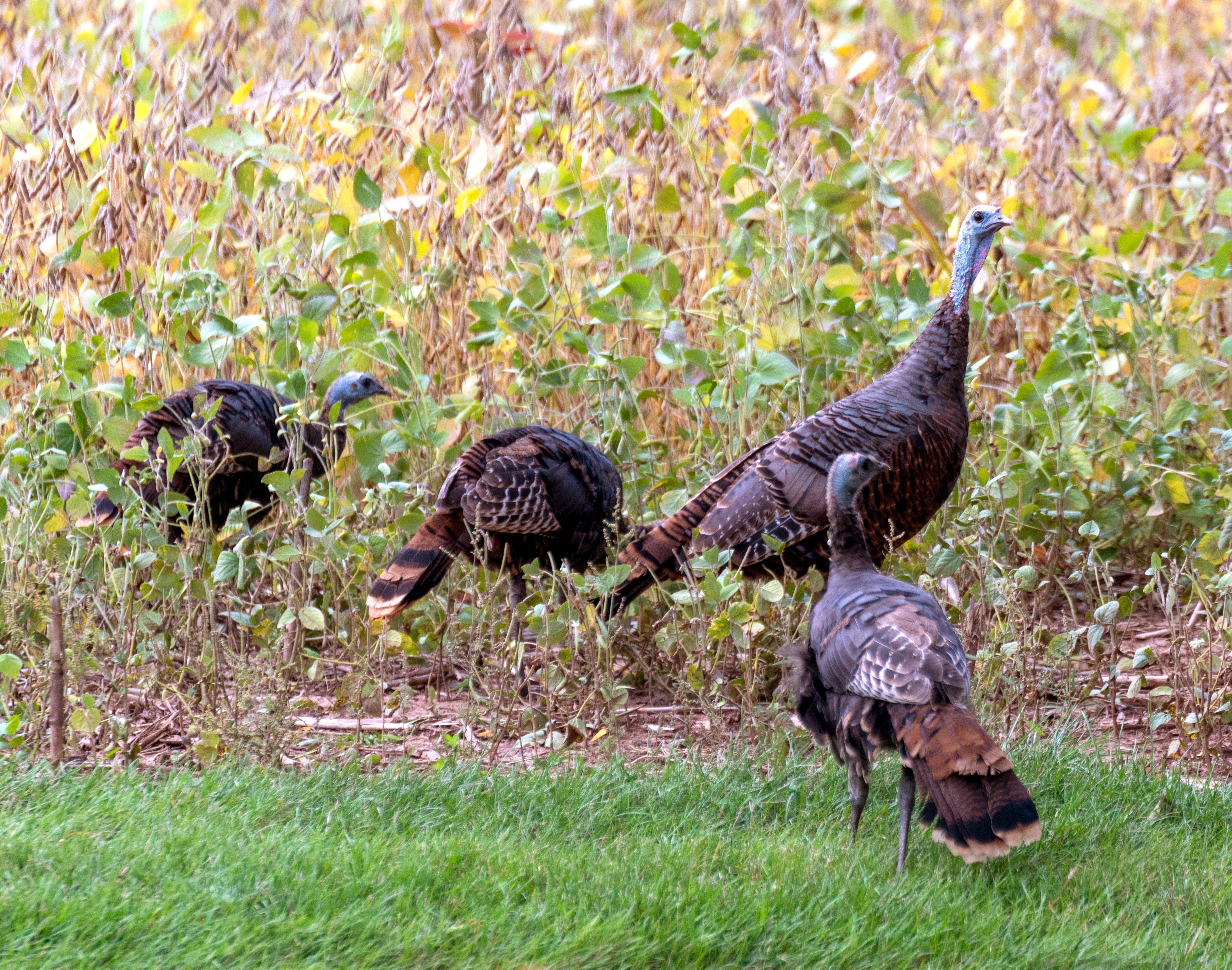
Once the poults are fully feathered, they can follow the hen up into trees to roost off the ground. Image by Barbara Smits
What can the average hunter and land manager do to help more poults survive? The best thing is to provide more suitable brood rearing cover scattered around your property. Landowners and managers can easily increase quality brood-rearing habitat. Open areas are key. Insects thrive in grassy, sunny areas like meadows, fields, clearings or young food plots. Land management practices that encourage this kind of habitat on the mosaic include discing, mowing, burning, and properly timed mowing. If possible, avoid chemical applications that might decrease insect availability before and during brood times. Replace fescue with higher quality native grasses that hold a greater variety of insect life and are easier for young poults to move through. By providing suitable brooding habitat, we can give young poults the tools they need to survive that critical first few weeks of life.
Don’t Miss: SHOT BY A RECURVE, AND 9 OTHER CRAZY TURKEY HUNTING TALES




